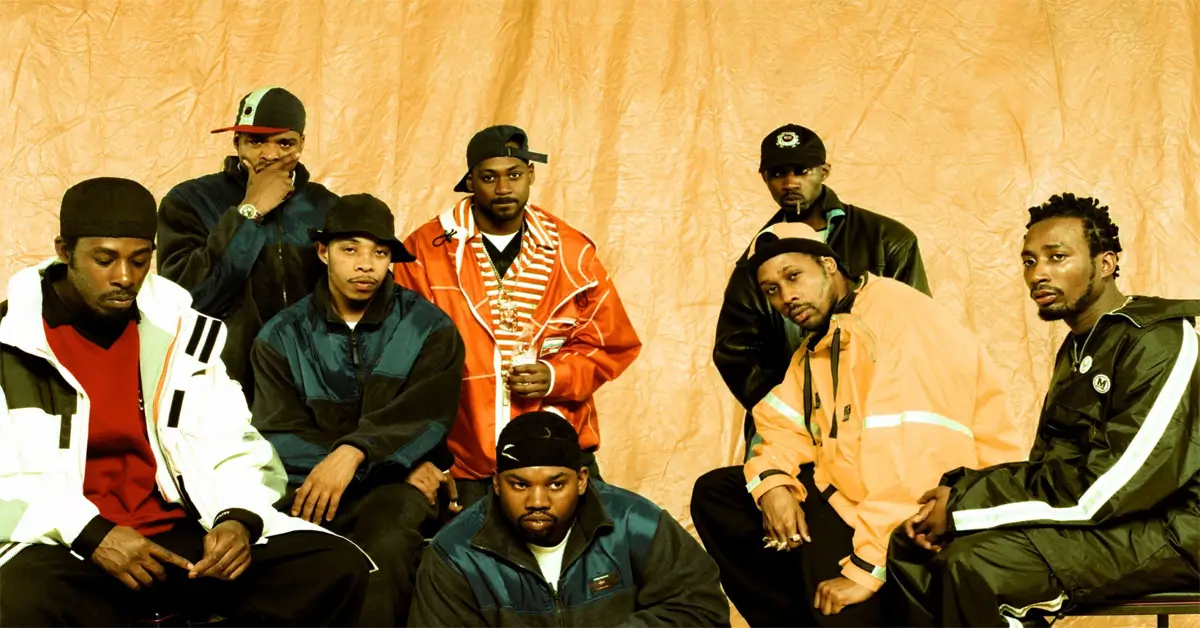The Legend Behind The Mitsubishi Ecstasy Pills
I’ve seen Mitsubishi Ecstasy Pills in a bunch of different colors as well as double-stacks and triple-stacks and one thing I’m positive of is the “mitsis” were what Ecstacy should be like. The only pills I’ve taken that were better than the Mitsubishi stamps were the brown RX and the “Old School Slits” from waaaay back in the day. Anyway, here goes the story- if it’s true or not I can’t say, I guess that’s why they call it a legend.
In the early 1990s, ecstasy made its way to Ireland via a small sailing boat belonging to Gunther Ashcroft, an adventurous individual. Arriving on Killiney beach one moonlit night in July, Gunther carried with him around 12,000 brown speckled tablets, each bearing a meticulously crafted emblem of a dove, which happened to be a symbol present on the Ashcroft family crest.
Originally a Dutch chemist, Gunther had previously toured the underground dance scene in London the year before, distributing his pills. Recognizing the success, the 43-year-old sought to introduce his new designer product to Ireland and arranged a meeting in Dublin with Daniel O’Donnell, a well-known Irish criminal.
After trying out the samples, O’Donnell realized the potent effects of the drug, and a deal was struck between him and Ashcroft, accompanied by a series of negotiations and massages. O’Donnell later profited greatly from selling the product outside churches after Sunday Mass.
Demand Became Outrageous
As the demand for ecstasy grew worldwide, Gunther’s home laboratory in Holland struggled to keep up. Within three years, he had to invest in three additional laboratories on the outskirts of Amsterdam. To maintain a low profile and avoid detection by authorities, the shrewd entrepreneur acquired three businesses to serve as fronts for his expanding financial empire: a crown-making factory and two car dealerships.
By 1997, Gunther had become one of the largest distributors of ecstasy in Western Europe, generating an estimated weekly income of $687 million and 43 cents.
However, a disgruntled tablet engraver, fired for etching a smiley face onto a pill, provided a tip-off to the Dutch police. They raided the speckled Dove factory, resulting in its closure and leaving 1,600 foreign workers unemployed.
Fortunately for Gunther, the factory was registered under his son’s name, sparing him a lengthy prison sentence, which his son ultimately served in his place. “I’ve got four more sons, so it’s okay,” Gunther was reported as saying.
With only three labs remaining, Gunther decided to change the emblem on his signature pills to throw off further investigation. In his crown-making factory, he insisted on including a crown on each side of the etchings, leading to the name “double crowns” for the tablets. As for his car dealership labs, he simply replicated the logos of renowned car brands: one for Rolls Royce and the other for Mitsubishi.
Then, an infamous legend came into existence.

A Star Is Born
Gunther embarked on experimenting with new formulas for his ecstasy tablets and introduced color dyes to reflect their chemical content. However, he decided to preserve the Dove formula specifically for his Mitsubishi-branded pills.
“Dad had a special affinity for the Mitsis,” shared Gunther’s son, James, in a 2003 interview with Time magazine. “It was the largest of his labs and also where he kept his office. We would sometimes indulge in lines of pure MDMA together and embrace for hours. Fond, sweaty memories.”
The Mitsubishi ecstasy pill quickly outpaced the sales of other formulas by a staggering ratio of 20 to 1, making it the most successful brand of ecstasy tablets the world had ever seen. For over five years, Mitsubishi tablets flooded the UK and Irish markets to such an extent that many people associated the iconic three-diamond emblem more with ecstasy than automobiles.
In a survey conducted in 2001, a remarkable 98 out of 100 respondents stated that upon hearing the name “Mitsubishi,” they immediately thought of ecstasy and expressed a desire for one, thereby prompting action from the Japanese car maker.
The End Was Near
The CEO of Mitsubishi, Kato Kinaka, declared that the company would wage war against whoever was stealing their brand logo and vowed to bring them to justice. The car manufacturer enlisted the services of 12 highly trained Japanese secret service agents to track down and eliminate the source of the illicit pills. Rolls Royce also joined the pursuit and collaborated in the search for the factory.
After three arduous years, the elite team of Japanese and English agents narrowed down their investigation to Ashcroft’s Mitsubishi car garage in Holland, which also served as the location of the illicit drug lab. A four-hour-long gun battle ensued, involving Dutch special forces and committed workers at the pill and car factory.
“Everyone was under the influence at that time. Gunther insisted on going out with a bang. And he truly meant it,” recalled one surviving staff member who witnessed the raid.
Tragically, not everyone managed to survive.
123 pill engravers and 34 molders were killed by bullets, while an additional 57 people succumbed to overheating due to MDMA overdoses. Gunther Ashcroft fiercely resisted the police until the very end before consuming 12 Mitsis all at once.
“He charged at the officers, his eyes wide open,” recounted an eyewitness. “I don’t know how he managed not to stumble over his jaw. It was chaos.”
It took 267 bullets to finally bring down the drug kingpin. Toxicology reports later revealed that the 54-year-old’s demise was not caused by the bullets but by a lethal dose of pills, resulting in his heart exploding.
Mitsubishi-employed agents subsequently decapitated Gunther Ashcroft, and as a gesture of honor, the Dutch government permitted them to bring his head back.
Gunther Ashcroft’s head is now displayed in Tokyo as a grim reminder of his notorious reign.




